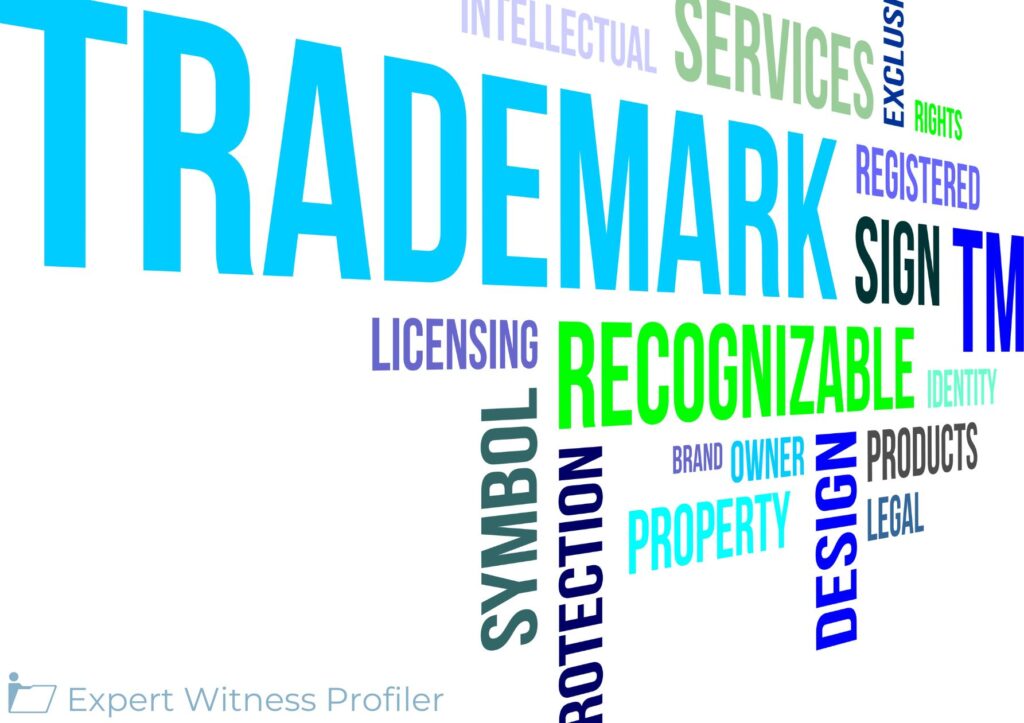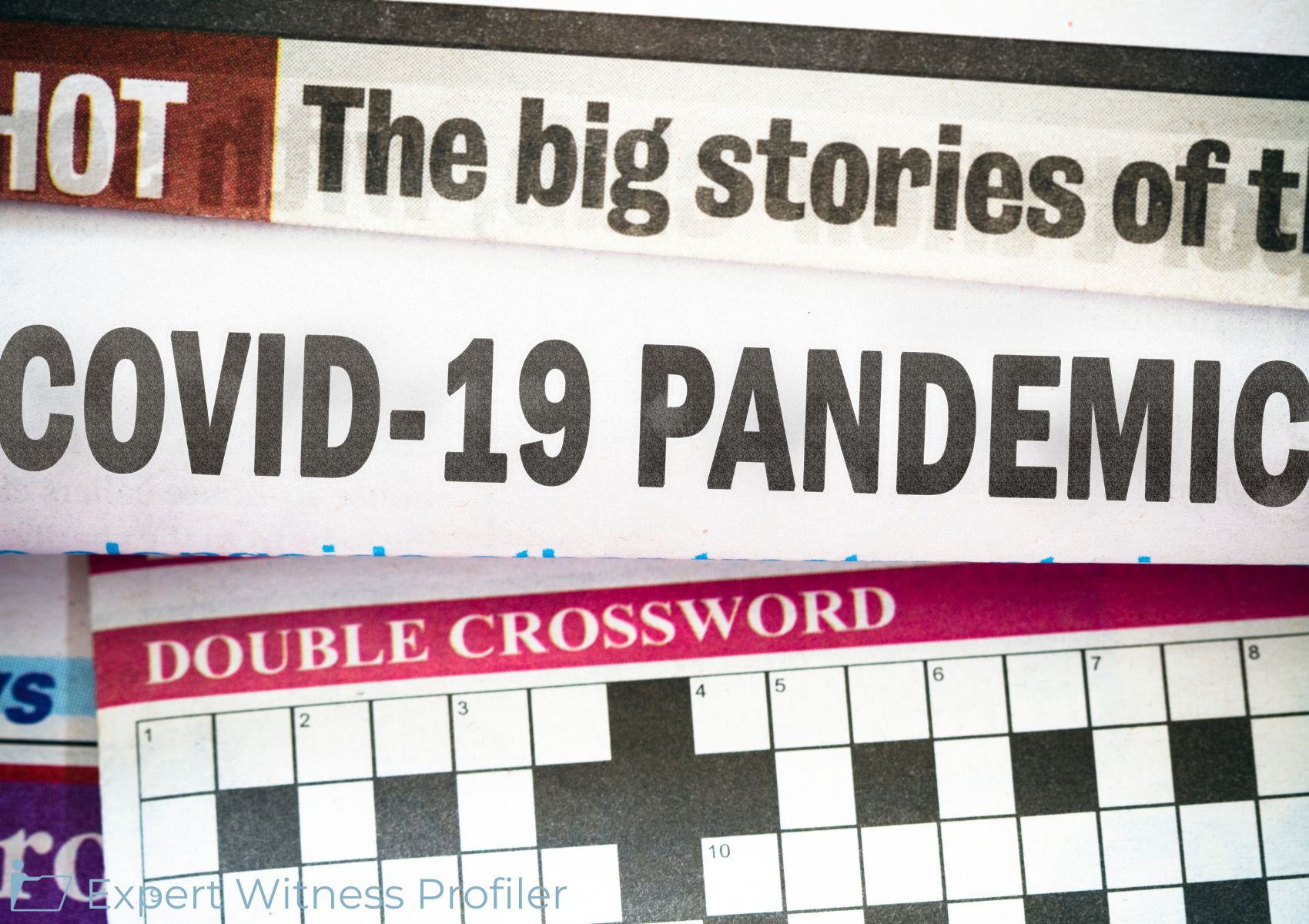Marketing Expert’s Testimony Excluded Due to His Inherent Bias
Posted on October 6, 2025 by Expert Witness Profiler
Plaintiff Grasshopper Gardens, Inc., a lawncare and landscaping services provider, accused PMA Mechanical LLC, a heating, ventilation, and air conditioning (“HVAC”) service provider, of trademark infringement, unfair competition, and false designation of origin.
Plaintiff retained Dr. Eli Seggev to conduct a survey on the likelihood of confusion between the marks at issue in this case (“Seggev Survey” or the “Survey”) and to provide an expert report and testimony. Defendant sought to preclude use of this evidence under Rules 702 and 403 of the Federal Rules of Evidence.

Marketing Expert Witness
Dr. Eli Seggev holds an MBA from the University of Michigan and a PhD in Marketing and Quantitative Methods from the School of Management at Syracuse University. In addition to teaching in graduate business programs at various universities Seggev also founded and managed two marketing research companies, both of which had been acquired by UK-based corporations.
Discussion by the Court
1. Structure of the Seggev Survey
The Seggev Survey used a format referred to as an original “Squirt” survey. Specifically, the Survey is comprised of two parts: a screener portion and the main questionnaire. Moreover, the Survey followed a “Test v. Control” design, “in which the impact of an allegedly infringing stimulus (Test Group) is compared to the impact of a similar stimulus that is free of the allegedly infringing elements (Control Group).”
The “Test” design compared a portion of Plaintiff’s website page without its URL to a portion of Defendant’s website page without its URL, while the “Control” design compared the portion of Plaintiff’s website page to a portion of a completely random website for an HVAC contractor called “Best Contractors” with the URL “besthvac.contractors” included.
Importantly, the images of both Plaintiff’s and Defendant’s portions of websites included the word “grasshopper” while the “Best Contractors” website page did not include the word “grasshopper” or any other similarities to the other website pages. Finally, Seggev testified that he intentionally designed the Survey this way to lead participants towards his own conclusion that the marks at issue “were identical.”
2. Operation of the Seggev Survey
The Survey participants were either shown the “Test” group or the “Control” group, not both. Specifically, Participants randomly selected for the “Test” group were first asked to review “a webpage” and then shown images of both the portion of Plaintiff’s webpage without its URL and the portion of Defendant’s webpage without its URL.
Notably, for this “Test” group, the Survey does not include a question separating the portions of Plaintiff’s website and Defendant’s website, creating the impression that they came from the same website because each of the URLs were removed and the question just prior refers to just “a website.” Alternatively, participants selected for the “Control” group were presumably shown the same portion of Plaintiff’s website without the URL and then asked to review the top portion of another website for Best Contractors with the URL “besthvac.contractors.”
After being shown these images in the “Test” or “Control” groups, participants were then asked whether they thought the websites represented “the same company,” “different companies,” or “don’t know/no opinion.” Participants in both groups were then asked whether they believe that “the two companies are affiliated, connected, or associated with one another or have no opinion.”
3. Results of the Seggev Survey
According to the Seggev Report, participants were classified as confused if they considered the two images to be the “same company” or “companies that are affiliated, connected or associated with each other.” Based on the results of the Survey, Seggev claimed that 68.3% of participants found a likelihood of confusion for the “Test” group. And, the results of the “Control” group showed that 28.1% of participants believed that Plaintiff and Best Contractors were also either the same company or “affiliated, connected or associated with each other.”
Seggev did not vet the results based on household income level or whether the Survey participants were appropriate prospective consumers of Defendant’s services. Additionally, Seggev did not focus on the marketplace in which both parties currently operate; instead, he conducted a nationwide survey.
4. Application
Seggev utilized the original formulation of the Squirt survey, showing participants either (1) portions of images of Plaintiff’s website and Defendant’s website in the Test cell, or (2) portions of images of Plaintiff’s website and “the webpage of a heating and cooling business that did not use the Grasshopper” in the Control group. As illustrated in Seggev’s report, the Survey showed participants both images consecutively. The Court agreed with Defendant that, in showing only two images consecutively, without any other similar trademarks/companies, in artificially close proximately for two non-competing companies, the Survey intentionally signals to participants that there is a connection between the two and thereby artificially inflates the Survey’s estimates of likelihood of confusion.
Courts have found that the Squirt format is intended to replicate market conditions under which the relevant services have marketplace proximity and is therefore most appropriate where the marks are sold to overlapping customers or through overlapping channels of trade, such that consumers would typically encounter one soon after the other. Here, there is no competitive proximity between the parties. During prosecution, Plaintiff’s services were described as “strictly for landscaping” and “broadly categorized as ‘lawn care.'” Defendant, however, provided HVAC services and its business does not overlap with Plaintiff’s in any appreciable manner.
Moreover, there is limited proximity of the marks in the marketplace. Although both companies operate websites that present the services they offer, that is where the proximity ends.
While these flaws alone are likely sufficient to justify the exclusion of Seggev’s report and the Survey, Seggev’s admitted bias in administering the Survey convinced the Court that exclusion is the only appropriate course. As noted above, Seggev testified that he intentionally designed the Survey the way he did to lead participants towards his own conclusion that the marks at issue “were identical.”
Held
The Court granted the Defendant’s motion to exclude the expert testimony of Dr. Eli Seggev.
Since the Plaintiff failed to raise a genuine issue of material fact with respect to likelihood of confusion and the Defendant is entitled to summary judgment on Plaintiff’s claims brought under the Lanham Act, the final judgment was entered in the Defendant’s favor.
Key Takeaway:
Generally, when a party challenges a survey for bias, they are forced to use circumstantial evidence, such as leading questions or the use of images that are clearly intended to direct survey participants to a desired result. While it is generally understood that expert witnesses retained by the respective parties are going to provide their opinion testimony in a manner favorable to the party that retained that expert, such testimony is generally provided under the guise of being unbiased. By Seggev’s own admission, the Survey was injected with his own bias and results oriented, making the Survey inherently unreliable.
Case Details:
| Case Caption: | Grasshopper Gardens, Inc. V. PMA Mechanical LLC |
| Docket Number: | 1:23cv1257 |
| Court Name: | United States District Court, New York Northern |
| Order Date: | September 23, 2025 |





